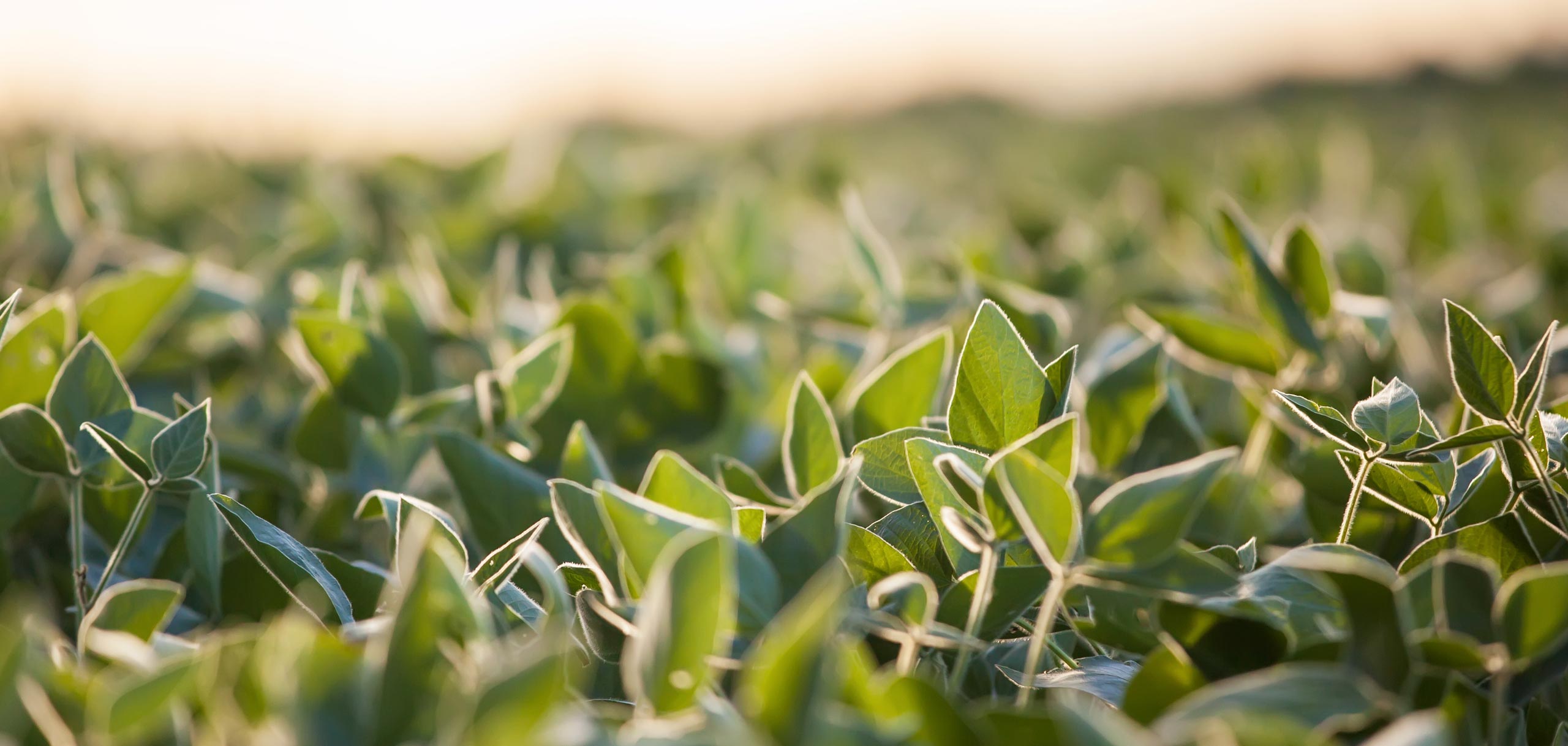USSEC India Conducts National Soy Summit
- Category:
- General News

USSEC conducted the USSEC India 2014 Soy Partnership Summit (SPS) on July 23 in Indore, Madhya Pradesh, a soy growing hub in India. SPS proved to be a very successful soy trade event that spurred fresh thoughts and approaches on what market development for soy stakeholders should look like in the region.
About 300 top Indian soy representatives attended SPS. This mission connected national trade bodies such as the Seafood Exporter Association of India (SEAI); CLFMA Of India, an Association of Indian Livestock Industry; the National Egg Coordination Committee (NECC); Soybean Processors Association (SOPA); Soy Food Promotion and Welfare Association (SFPWA); and the Population Foundation of India (PFI), among others, and initiated thought processes to ease and enhance trade. Among the participating large trading firms were Cargill, ADM and Louis Dreyfus. The Indian government was represented by the Joint Secretary of Animal Husbandry, Dairying and Fisheries. The Ministry of Agriculture also participated in order to help future trade policy support and lower barriers. Animal feed millers comprised 42 percent of the audience, followed by soy brokers (16 percent), soy crushers (15 percent), soy traders (12 percent), and human food utilization (9 percent). All participants created a network of both old and new connections. Notably, 60 percent of the Indian soy crushing industry and 70 percent of the broiler industry was present at the event. The 2014 event registered a 36 percent higher participation rate over the 200 participants at the 2013 forum.
The event was comprised of two parts with the morning session highlighting knowledge. USSEC consultant John Baize spoke on the global supply and demand scenario, especially focusing on U.S. soymeal and how it impacts India. Pawan Kumar and G. Chandrashekhar spoke on current soymeal utilization trends and future potential in India. Both of these presentations, one on soy in animal feed and the other on soy as human food, highlighted the demand potential for soy products in India. A fourth presentation discussed the soy manufacturing front that guides participants to beat the odds of fluctuating soybean scenarios, yet derive benefits through creative manufacturing practices. The afternoon session, “Soy Talk,” was a unique set-up with 25 panelists striving to address and provide solutions about 14 different trade related issues. A point of interest directly related to USSEC was about considering soy imports from the U.S. to supplement uncertain/fluctuating Indian stocks. The discussions were holistic, focused and aligned with the theme of the event, “Exploring Opportunities and Seeking Solutions,” and should enhance knowledge on market access in terms of domestic utilization and imports into the region. SPS proved to be an excellent platform for attendees to discuss individual soy trade requirements and to create new partnerships.